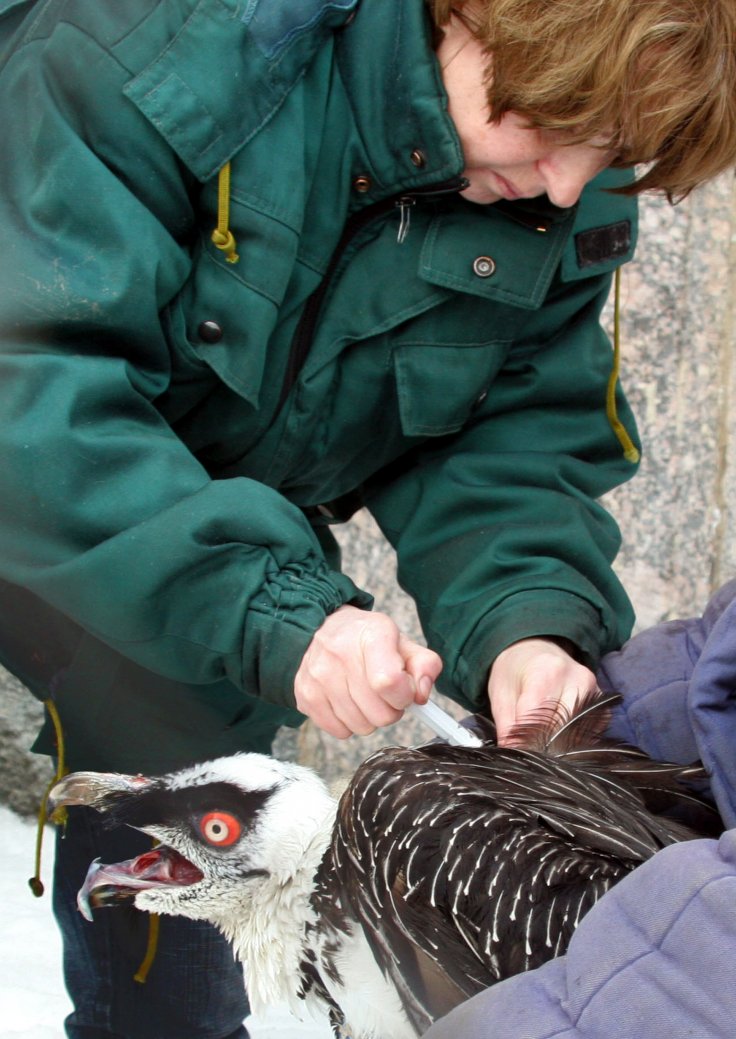
It has been a long time since anyone in Europe has seen the biggest raptor bearded vulture, which is also known as the lammergeier or lammergeyer. Even though, these creatures disappeared from the mountain range in Europe, French Alps, decades ago, recently the birds have been seen flying over the region.
According to a French newspaper Le Monde, these birds were eradicated by humans in the early 20th century but finally, two were reintroduced to the area in the 1980s and they produced an offspring. But still the number of the largest vulture, which is also called as "bone breaker", is very limited compared to other birds in the region.
The wild bird, which has been seen in France, Switzerland, Italy, Austria, Slovenia, Germany, in 2016 it was spotted after a long time in UK.
On the other hand, a scientist called Leslie Pray wrote in a journal Nature in 2008 that only about 120 bearded vultures are kept in zoos and breeding centers across Europe, Asia, and the US. However, as told by World Wide Fund for Nature (WWF), the global population is 2,000-10,000 approximately.
"Given these numbers, biologists are concerned that there is not enough genetic variability in the captive birds to keep either the captive or the wild population thriving over the long term," she further added.

The bearded vultures are known for their feeding habit, which includes bones exclusively and that is the reason behind its nickname "bone-eater".
They throw the bone from the top of the mountain and repeat the same action until it finally breaks. The bird then eats the bone pieces and even swallows some pieces whole including the bone marrow.
The WWF said that even though this dietary habit seems odd but "once bones have been digested, they are a nutritious and easily storable type of food; in addition, the bird faces minimal competition for this type of food."
However, people had claimed that these birds, which can have over an 8-foot wingspan, used to kidnap elderly women, sheep and young children. Probably this is the reason people were scared and talked about their unusual food habit.









